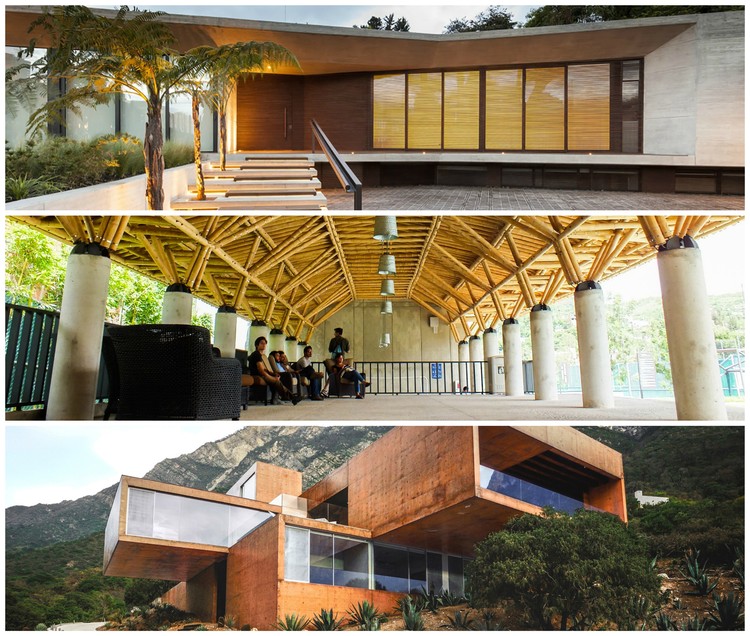
Long touted for its strength and versatility, concrete has had an integral role in construction and design as far back as the Roman times. And in recent years, concrete’s potential has reached new heights, with many companies developing innovative uses and applications for the material, ranging from concrete reinforced with bamboo to ultra-porous concrete and concrete cloth.
Held annually, the CEMEX Building Awards recognize architecture and construction projects from around the world that use concrete technologies in creative and innovative ways, with a focus on sustainable design and social well-being. We spoke with three of the architecture firms behind winning designs of the 2014 CEMEX Building Awards to see how concrete influenced their design and why they believe concrete to be an important construction material.
CR House / H+H Arquitectos / Bogotá, Colombia; 1st. Place, International Awards, Housing




